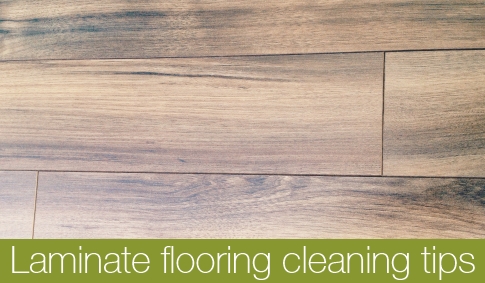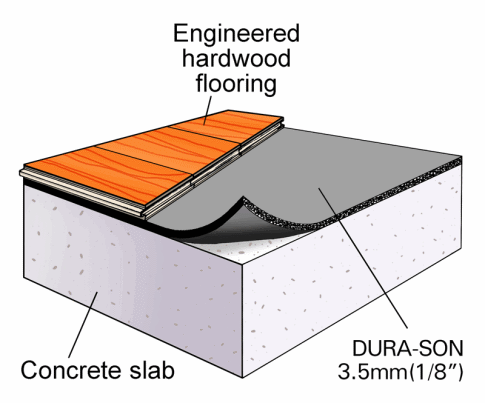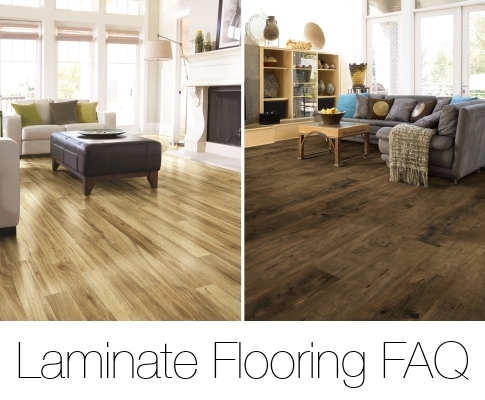The safety of laminate flooring has come under fire in recent months with the 60 minutes story on Lumber Liquidators and Lowe’s pulling Chinese laminate over formaldehyde concerns. At a recent home builder’s trade show we were still fielding questions of how to talk about California Air Resource Board (CARB) compliance with customers. Everyone just wants to know their floors are safe for their families. Here are a few frequently asked questions about CARB compliant flooring.
What are California Air Resource Board (CARB) regulations?
The California Air Resource Board requires all composite wood products (e.g. particleboard, medium density fibreboard and hardwood plywood) for sale in California to be certified as complying with California’s formaldehyde emission standards. For flooring manufacturers, this means their laminate and engineered hardwood flooring has to be manufactured with certified composite wood products. Composite wood producers are required to have their products tested by a third-party certifier. Flooring manufacturers must label their laminate and engineered hardwood flooring boxes to indicate they were made using CARB compliant composite wood products. CARB regulations only apply in California. In Canada, there are no similar rules to regulate formaldehyde emissions from wood products.
What flooring does CARB regulations apply to?
CARB regulations apply to laminate and engineered hardwood since these products are made with composite wood products. They do NOT apply to solid hardwood and vinyl flooring.
What is formaldehyde?
Formaldehyde is a colourless, strong-smelling chemical often used to make home building products. In everyday life, we are exposed to formaldehyde through tobacco smoke, cars, fires and even some glues and cleaning products.
How can I tell if my flooring is CARB compliant?
The CARB indoor air-quality standards were implemented in two parts. The second phase implemented in 2012 lowered the formaldehyde limit to a more stringent 0.05 parts per million. We recommend checking that laminate and engineered hardwood meet this second phase of CARB standards, known as CARB 2.
In the wake of the alleged issues with Lumber Liquidators laminate, flooring manufacturers are being more transparent about their supply chains and CARB certifications. The recent news has taught the flooring marketplace the value of asking more questions. Does the flooring manufacturer produce their own products or buy from others? If they buy from other suppliers, what do they do to ensure the products meet air-quality standards? Do they sell CARB compliant products to all customers or just those in California? Do they do additional testing? Do they go above and beyond CARB compliance by submitting their products for additional certification from independent third-parties?
Two flooring manufacturers that are exceeding expectations in their commitment to safe, sustainable products are Shaw Floors and Armstrong. Read the Shaw Floors laminate and hardwood certifications statement and the Armstrong’s eco-friendly laminate page for more information.



